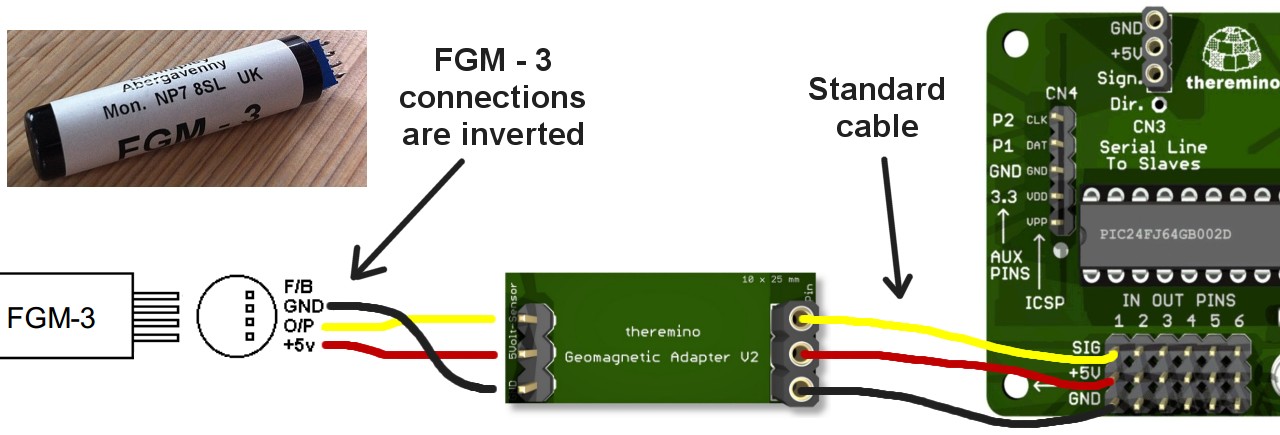Hello. Hope you all are doing great. I have a pretty basic question that I am confused about for the unit conversion while using FLC 100 magnetometer. Datasheet (link) has following specifications:
I would appreciate answer to any question. Thank you in advance.
PS: I don't know if this is right section to post or in Magnetometer section. I believe these are basic electronic questions as well. Moderator, please move it to another section if it doesn't fit here.
Specifications
Meas. range +/-100uT, other ranges on request
Output voltage OUT+ ref. to OUT− +/-1 V/50 uT, max. +/-2,5 V
Reference output OUT− 2.5 V ref. to supply ground (0 V)
Supply voltage 5 V +/- 5%
Meas. range +/-100uT, other ranges on request
Output voltage OUT+ ref. to OUT− +/-1 V/50 uT, max. +/-2,5 V
Reference output OUT− 2.5 V ref. to supply ground (0 V)
Supply voltage 5 V +/- 5%
- How do I convert the V to T for example?
- It says 1V = 50uT, so is it just that?
- So if I measure upto mV level accuracy with datalogger, does that mean simply mean I multiply 1mV value with 50 to get result in nanoTesla?
- Why does it say max +/-2.5 V with max reading +/-100 uT?
- Wouldn't that make it +2.5V = +100uT?
- In that case, 5V total would correspond to 200uT total, implying 1V = 40uT, instead of 50uT?
- The specification says "Accuracy at 20 ◦C +/-2% +/- 0.3 uT". What does that mean?
- If I read let's say 75uT then error = +/-2% of 75uT +/- 0.3uT = +/- 1.5 uT +/-0.3 uT = +/- 1.8 uT
- ie. my reading is somewhere between 73.2uT to 76.8uT?
- If I read let's say 75uT then error = +/-2% of 75uT +/- 0.3uT = +/- 1.5 uT +/-0.3 uT = +/- 1.8 uT
- The specification also says "Noise: <0.5 nT_RMS or 3 nT_PP (0.1 to 10 Hz), ∼150 pT/√ Hz @ 1 Hz". What does this mean?
- If my measurement is done at 1Hz, noise in the data is ~150pT?
- In that case, what is difference between Accuracy and Noise? Is there any literature I can refer to ?
- What would a positive and negative reading mean? Which would be North and which would be South typically in magnetometer reading?
I would appreciate answer to any question. Thank you in advance.
PS: I don't know if this is right section to post or in Magnetometer section. I believe these are basic electronic questions as well. Moderator, please move it to another section if it doesn't fit here.



Comment